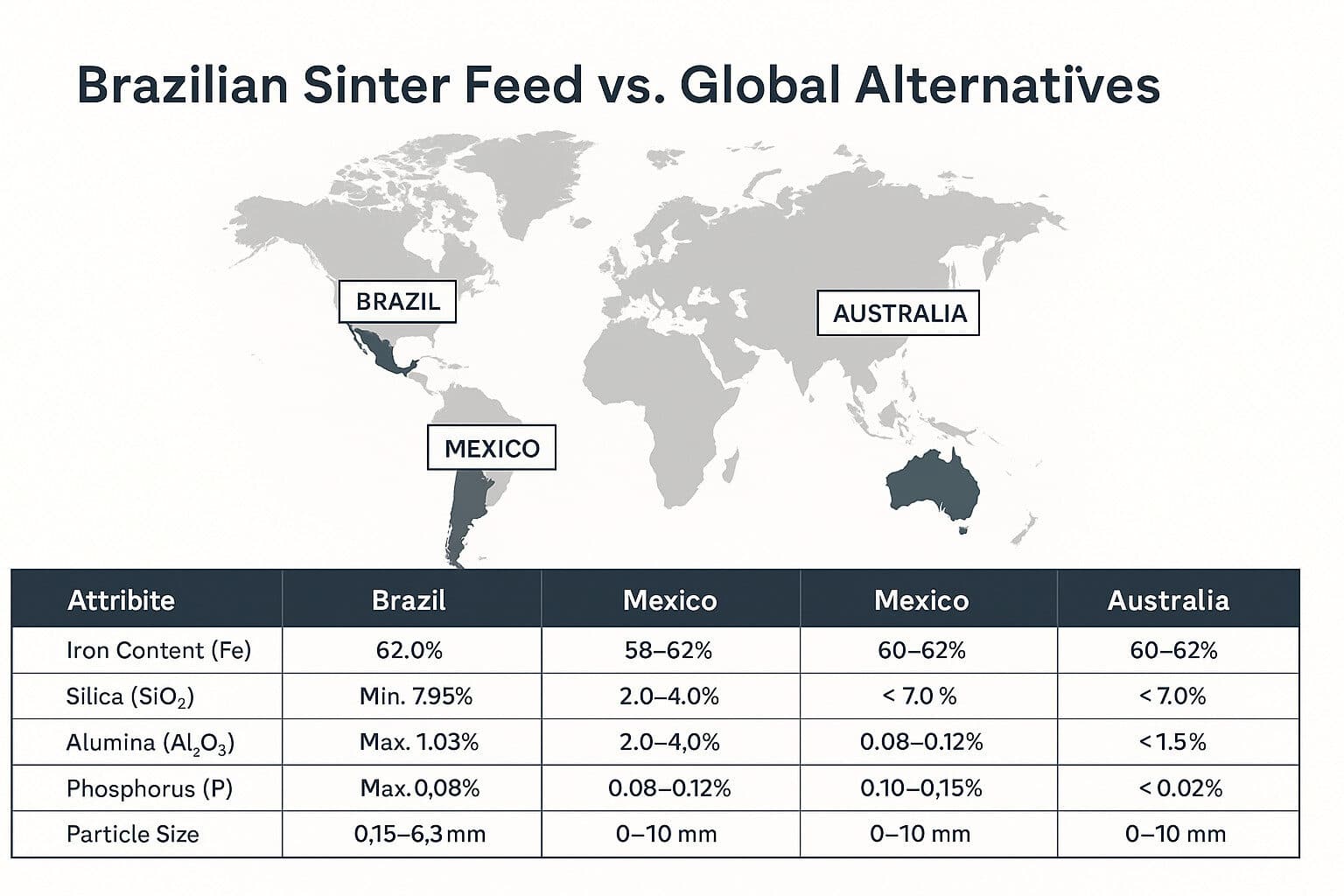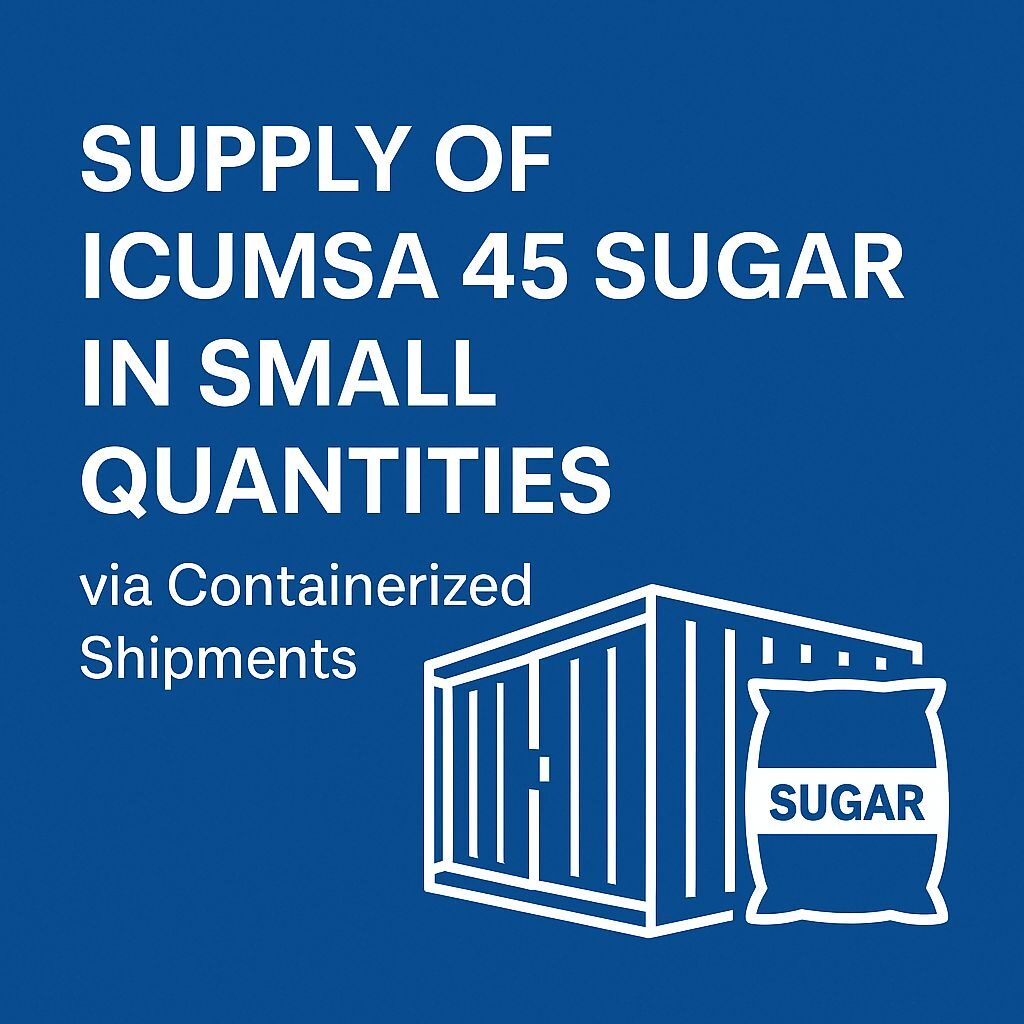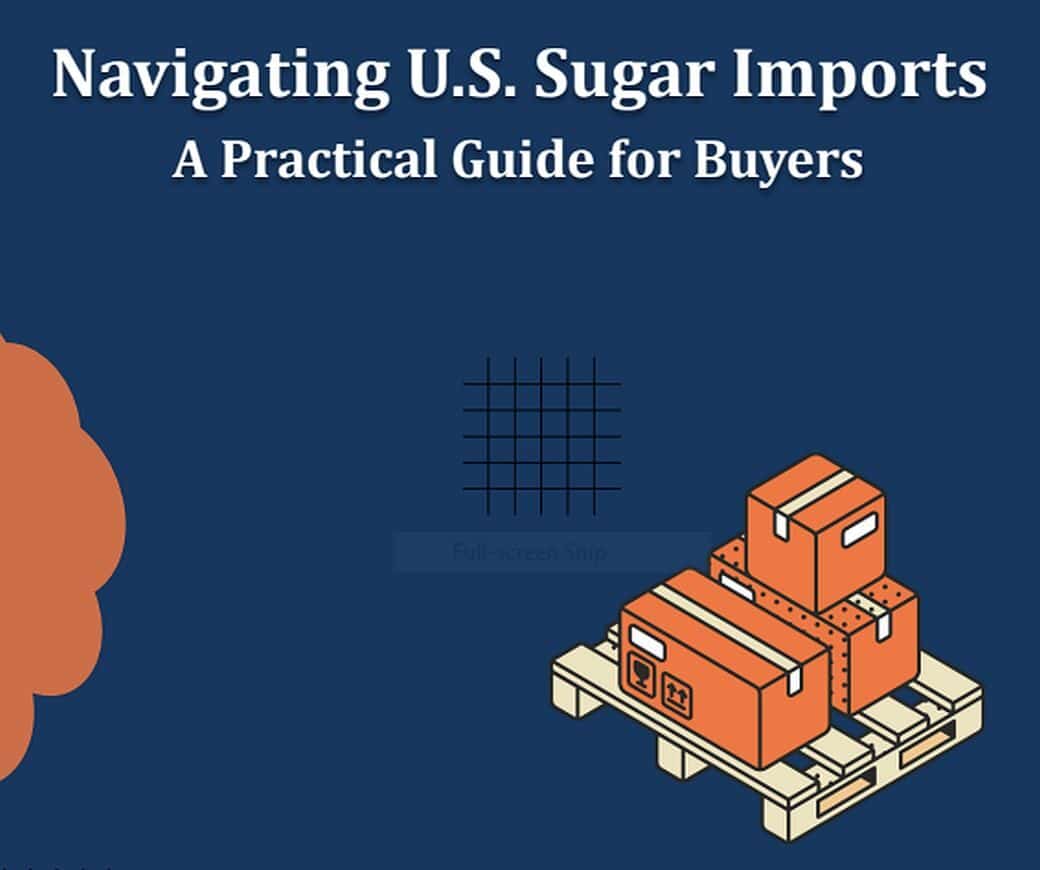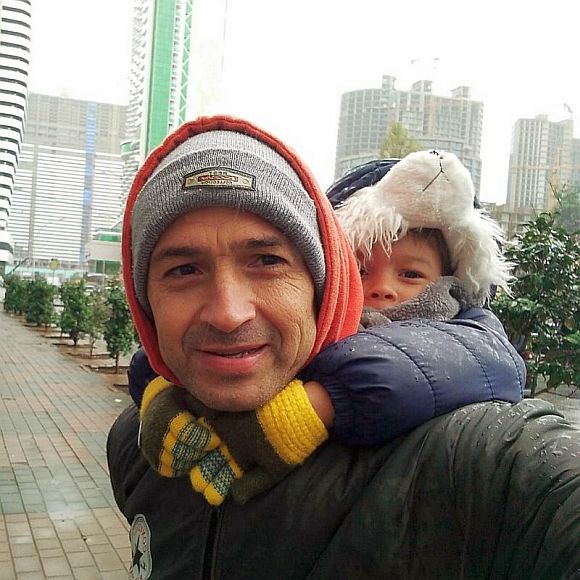Brazil’s Sugar Slump: July 2024 Downturn
If you’ve been keeping tabs on the global sugar market, you might have noticed something peculiar happening in Brazil lately. The country, known for its vast sugarcane fields and bustling sugar industry, has seen a significant downturn in its Brazil’s Center-South sugar production during the second half of July. This isn’t just a blip on the radar; it’s a trend that’s got economists, farmers, and industry experts all abuzz. So, let’s dive in and explore what’s been happening and why it matters.
Understanding Brazil’s Center-South Sugar Production
First things first, let’s get our bearings. The Center-South region of Brazil is the powerhouse of the country’s sugar industry. Stretching across several states, including São Paulo, Minas Gerais, and Paraná, this region accounts for a whopping 90% of Brazil’s sugarcane harvest. When we talk about Brazil’s Center-South sugar production, we’re talking about the heart of the global sugar market.
This region isn’t just crucial for Brazil; it’s a major player on the international stage. Brazil is the world’s largest sugar producer and exporter, so any hiccups in its production can send ripples through the global market.
The July Slump: Factors Behind the Decline
So, what’s behind this recent slump? Several factors have converged to create a perfect storm for Brazil’s Center-South sugar production.
Weather Conditions
First up, let’s talk about the weather. Brazil’s sugarcane crops have been hit by a double whammy of drought and frost. Drought conditions have stressed the plants, reducing their growth and sugar content. Meanwhile, unexpected frosts have damaged the crops, further reducing yields. It’s a harsh reminder that even in the tropics, weather can be a farmer’s worst enemy.
Agricultural Policies
Next, let’s look at the policy side of things. Government policies play a significant role in shaping the agricultural landscape. Changes in policies, such as shifts in subsidies or regulations, can make or break a harvest. Farmers in the Center-South region have been grappling with policy uncertainties, which can deter investment and expansion.
Market Dynamics
Lastly, market dynamics have also played a part in this downturn. Fluctuations in sugar prices can influence how much sugarcane farmers decide to plant. If prices are low, farmers might opt to plant other crops or reduce their sugarcane acreage. Additionally, the demand for ethanol, which is also produced from sugarcane, can divert resources away from sugar production.
Impacts of the Decline in Sugar Production
The decline in Brazil’s Center-South sugar production isn’t just a local issue; it has far-reaching implications.
Effects on the Local Economy
For starters, the local economy takes a hit. Sugar production is a major employer in the region, providing jobs for thousands of people. A decline in production can lead to job losses and reduced income for farmers and workers. This, in turn, can slow down the local economy, affecting everything from retail sales to housing markets.
Global Market Implications
On a global scale, the decline in Brazil’s Center-South sugar production can lead to supply shortages and price volatility. Countries that rely on Brazil for their sugar imports may face higher prices or even supply disruptions. This can have a knock-on effect on industries that use sugar as a raw material, such as food and beverage manufacturers.
Potential Long-Term Effects
Looking ahead, there are concerns about the long-term effects of this downturn. Prolonged droughts and policy uncertainties can discourage investment in the sugar industry, leading to a decline in productivity and competitiveness. This could have serious implications for Brazil’s position in the global sugar market.
Industry Responses and Adaptations
The sugar industry isn’t taking this lying down. Various stakeholders are stepping up to address the challenges facing Brazil’s Center-South sugar production.
Government Interventions
The government is playing a crucial role in stabilizing the industry. This includes providing financial support to farmers, investing in irrigation infrastructure, and implementing policies that encourage sustainable farming practices. These interventions aim to boost productivity and resilience in the face of adverse conditions.
Farmers’ Strategies
Farmers are also adapting to the new realities. Many are diversifying their crops to spread risk and investing in technologies that improve efficiency and sustainability. For example, precision agriculture techniques can help farmers optimize water and nutrient use, reducing the impact of drought.
Market Adjustments
The market is also adjusting to the decline in Brazil’s Center-South sugar production. Importers are looking to other suppliers to fill the gap, while manufacturers are exploring alternative sweeteners. These adjustments help to stabilize the global sugar market and mitigate the impact of supply disruptions.
Looking Ahead: Future Prospects
So, what does the future hold for Brazil’s Center-South sugar production? Despite the current challenges, there are reasons for optimism.
Predictions for the Upcoming Harvest
Experts are cautiously optimistic about the upcoming harvest. While the weather remains a wildcard, there are signs that conditions may improve. Additionally, government interventions and farmers’ adaptations are expected to boost productivity.
Long-Term Solutions for Stability
Looking further ahead, there are several long-term solutions that could stabilize Brazil’s Center-South sugar production. These include investing in climate-resilient crops, improving irrigation infrastructure, and implementing policies that support sustainable farming practices. By taking a proactive approach, Brazil can secure its position as a global leader in sugar production.
The recent decline in Brazil’s Center-South sugar production is a wake-up call for the industry. It highlights the challenges facing farmers and the need for concerted efforts to build resilience and sustainability. By addressing the factors behind the downturn and implementing long-term solutions, Brazil can secure its future in the global sugar market.
FAQs
- Why is the Center-South region important for sugar production?
- The Center-South region is crucial because it accounts for 90% of Brazil’s sugarcane harvest, making it the heart of the global sugar market.
- What are the main factors affecting sugar production in Brazil?
- The main factors include weather conditions, agricultural policies, and market dynamics.
- How does the decline in sugar production impact the global market?
- The decline can lead to supply shortages and price volatility, affecting countries that rely on Brazil for sugar imports.
- What measures can be taken to stabilize sugar production?
- Measures include government interventions, farmers’ adaptations, and market adjustments.
- What are the future prospects for Brazil’s sugar industry?
- Despite current challenges, there are reasons for optimism, including predictions for an improved upcoming harvest and long-term solutions for stability.







